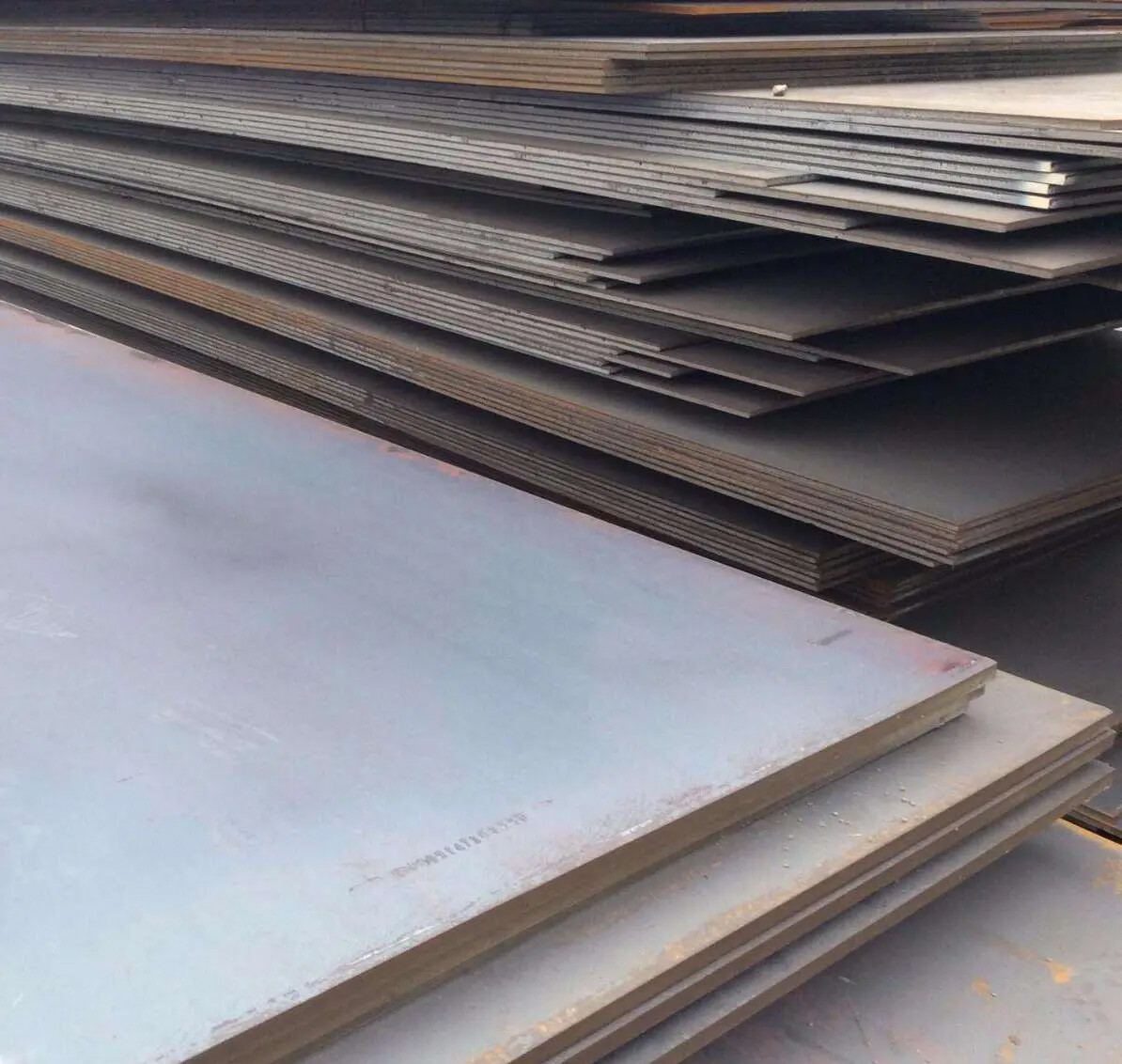一、 Laminated composite Plates
Metal layered composite plate, or laminated metal composite plate, referred to as LMC (Layered Metal Composite) composite plate, is a new type of composite material formed by combining two or more layers of different metal materials in a layered structure through pressure and other means to achieve metallurgical bonding between different layers of metal. In order to achieve the effect of saving resources and reducing costs without reducing the use effect (anti-corrosion performance, mechanical strength, etc.).
There are many composite processes for compounding different metals in a layered structure. The most common ones are explosive composite, hot rolling composite, cold rolling composite, and adhesive composite.
| Comparison of layered composite processes |
| Technology | Introduction | advantage | shortcoming |
| Cold rolled composite | Cold rolling composite is a composite technology that uses a large rolling pressure at room temperature to achieve metallurgical bonding between two or more metal materials with different components. | One-step composite molding, continuous production, high production efficiency; high process yield rate, good composite economy; good product shape and surface quality; can be adapted to composite between various metals; energy-saving and environmentally friendly production process | Suitable for laminating thinner materials |
| Hot rolled composite | The metal substrate and the surface material are stacked together and rolled at high temperature and high pressure. The contact surface between the metals produces adhesive friction behavior under the action of shear deformation force, which realizes fixation and heat diffusion between the metals and realizes the metallurgical bonding of the two materials. | High composite bonding strength, suitable for composite of medium and thick materials | It is difficult to achieve surface cleanliness during assembly and high vacuum requirements are required; compared with cold-rolled composite, the yield rate is low, the product surface quality is not high, and it is impossible to composite metals with large differences in melting points. |
| Explosive Compound | instantaneous force generated by the explosion of explosives is used to cause an oblique collision between metals, forming hundreds of thousands of atmospheres of pressure and effective heat effects near the collision surface , and forming a metallurgical bond characterized by a wavy interface on the contact surface. | Explosive lamination is easy to achieve multi-layer lamination, and the composite interface has high bonding strength, which is suitable for lamination of ultra-thick materials. | The thickness of the composite layer is uneven, the product precision is poor; the production site is dangerous and severe. Explosive lamination is suitable for the production of small batches of multi-variety thick specifications of composite Plates, but not suitable for mass production. |
| Bonding | The substrate and the Plate are bonded together with adhesive . | The process is simple, the material surface maintains its original brightness, and the product has good flatness. | It cannot be bent at large angles or welded; it cannot be used in situations with high temperatures or large temperature differences. |

